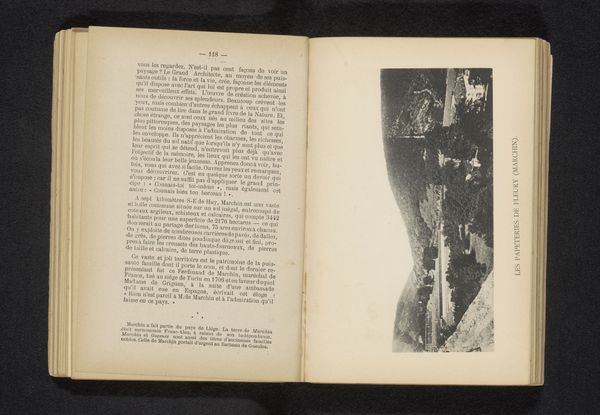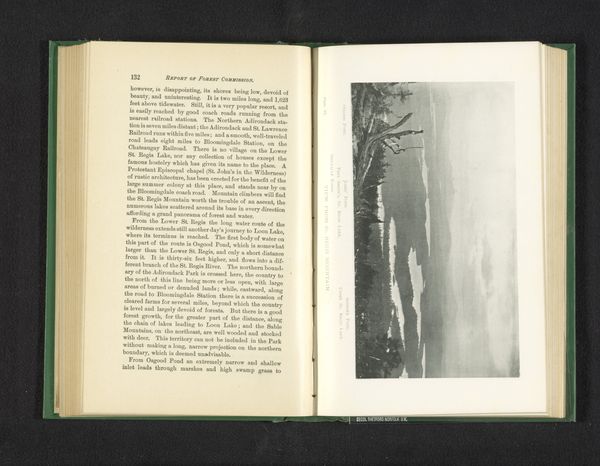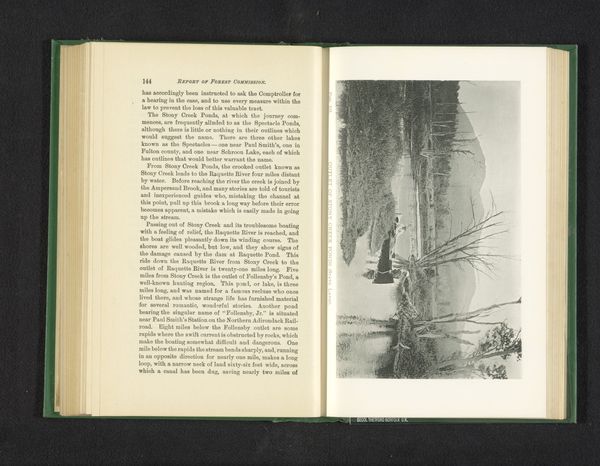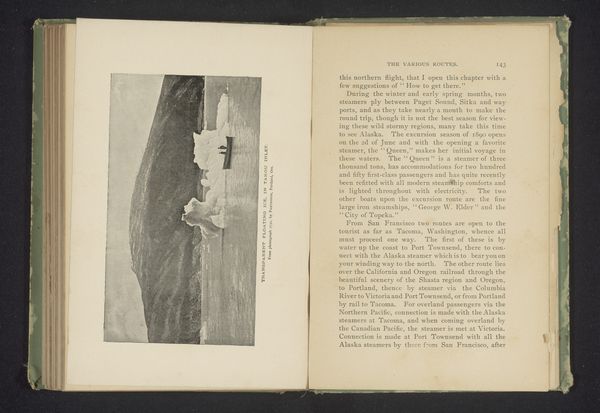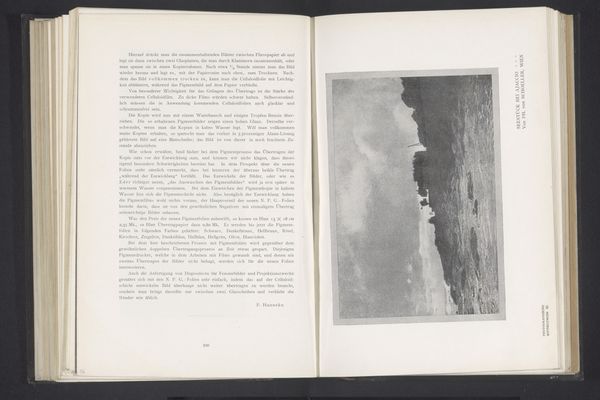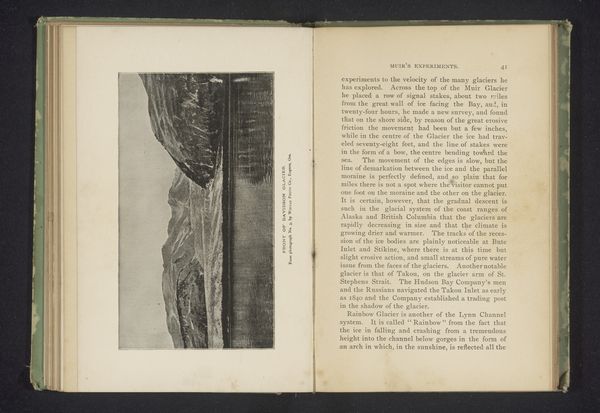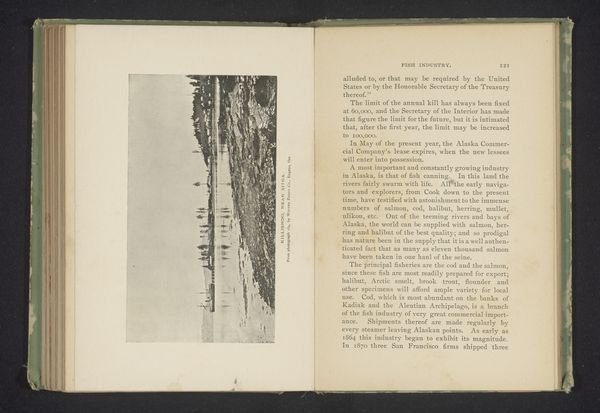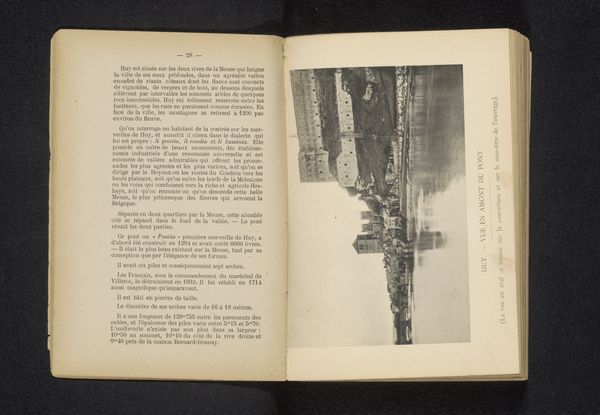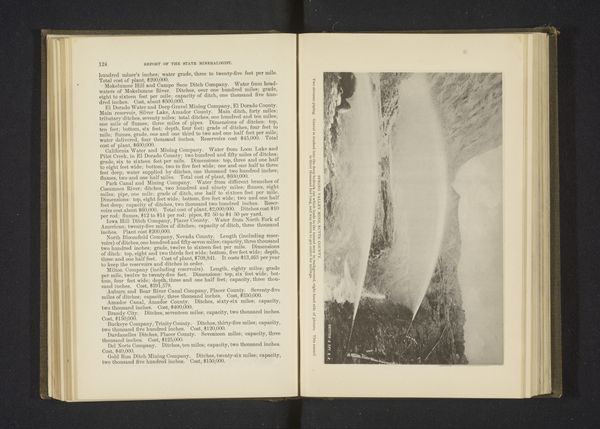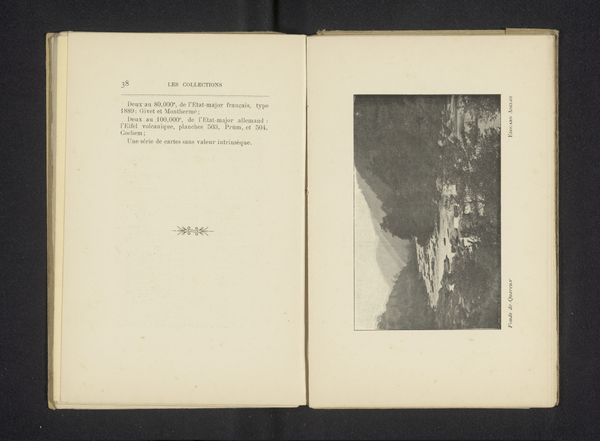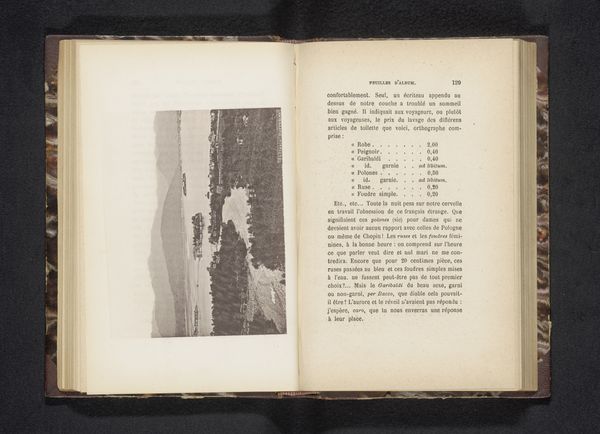
print, photography
# print
#
landscape
#
river
#
photography
Dimensions: height 105 mm, width 153 mm
Copyright: Rijks Museum: Open Domain
Editor: This photograph, titled "Gezicht op Ombret-Rawsa" by Victor Gaillard, dates back to before 1890. It appears to be a print, likely a landscape. What strikes me is how timeless it feels; despite its age, the composition, the river, the way the light reflects – it could almost be contemporary. How do you interpret this work? Curator: It’s fascinating how the “timelessness” you perceive in this landscape can be both a visual quality and a symptom of the photographic medium's complex relationship to history. Landscape photography, particularly from this period, often reflects colonial ways of seeing, framing nature as something to be passively observed or dominated, devoid of the lived experiences of those who inhabit the space. Does knowing that shift your reading of it? Editor: That's an interesting perspective. I hadn't thought about it in terms of colonial perspectives. Is that common for landscape images from this era? Curator: Quite common. Think about the social and political power dynamics inherent in depicting a “view” – whose view is being represented? Who gets to define and document the landscape, and whose stories are left out? Even in its supposed neutrality, a photograph like this can perpetuate existing inequalities and erasures. Considering the title and how it's displayed alongside that block of text… does that open up other ideas for you? Editor: It definitely adds another layer. It makes me wonder about whose voices are absent from that text and, by extension, the image itself. It sounds like art is a product of societal values and that to some degree images and photographs can reinforce harmful cultural biases. Curator: Exactly. It forces us to engage critically not just with the beauty or technical skill, but with the underlying power structures and ideologies that shape artistic representation. It's never "just" a landscape, but an active participant in shaping cultural understanding. Editor: I'll definitely keep this in mind moving forward. It adds depth to what might otherwise appear like a very unassuming photograph. Thank you for sharing your unique insight!
Comments
No comments
Be the first to comment and join the conversation on the ultimate creative platform.
